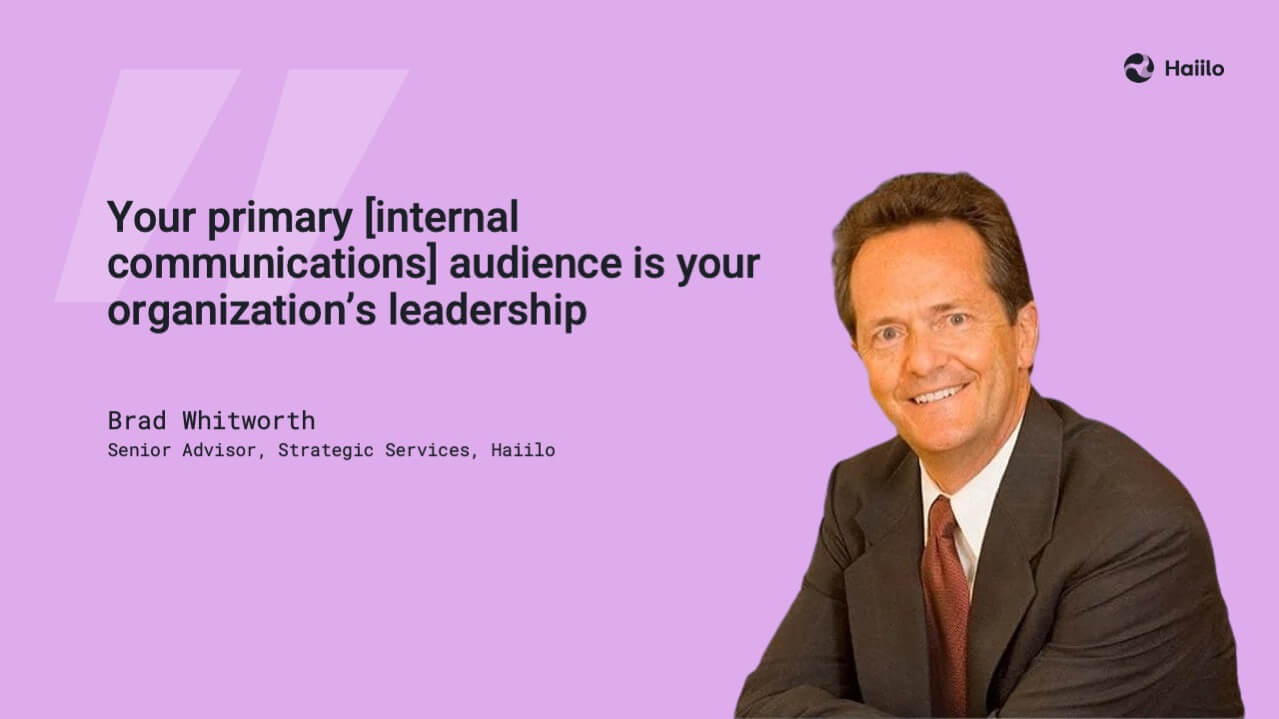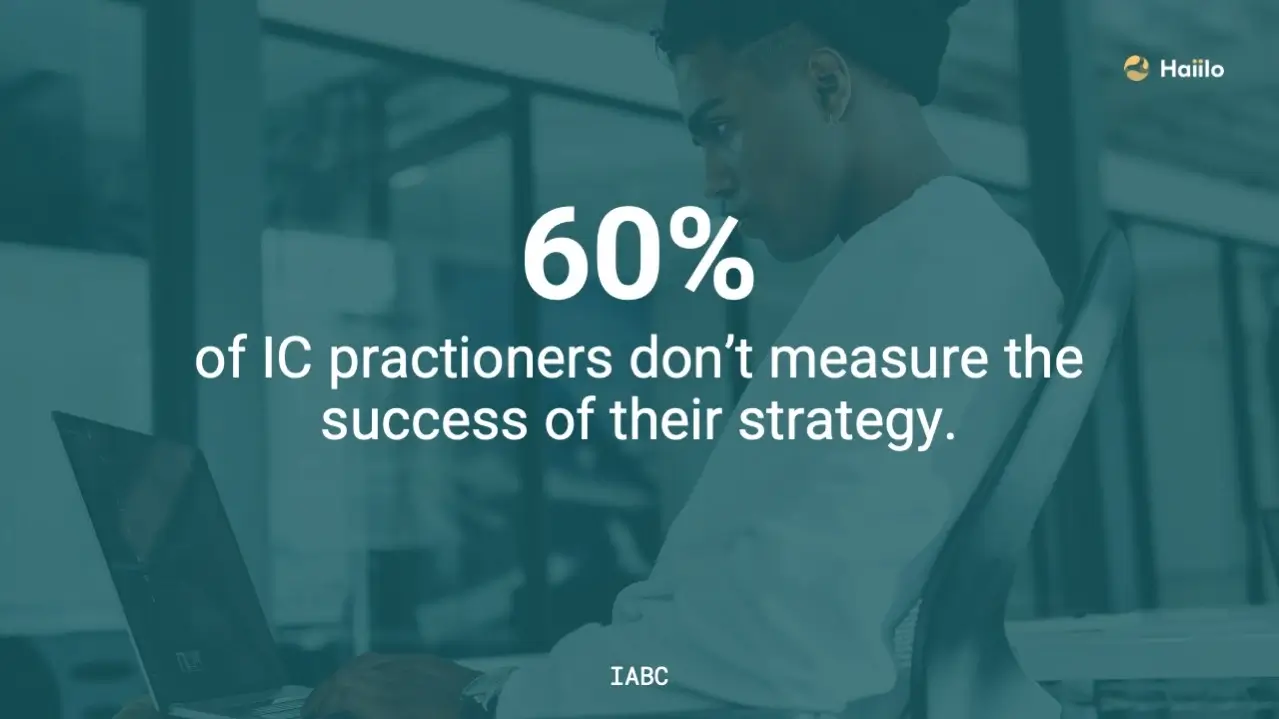Internal communication professionals have proven to be masters at telling stories inside their organizations.
We know how to make our corporate cultures “real” by showcasing our employees’ accomplishments. We can take a story about a new company product and make it shine when customers rave about their use of the latest technology.
Yet when it comes to describing and proving the effectiveness of our communication efforts, we often miss the mark. While we are experts at creating powerful prose and supportive images, we usually stop there. We think our work speaks for itself and for us. We generally don’t feel the need to justify what we’ve done or gauge the impact of our work on our colleagues.
📚Read on: 8 Employee Engagement Statistics You Need to Know
It’s time to change that. It’s time to write the story of your communication success with numbers as your subject matter experts. Your primary audience is your organization’s leadership.

Can you tell your executives how your communication program has reduced employee turnover rates? Can you demonstrate how communication programs were instrumental in improving product quality? Can you show how a six-month communication campaign increased employee engagement scores?
💡Learn about 10 Shocking Internal Communications Stats
There are four steps you need to follow to be able to answer “yes” to those sorts of questions:
- Are your communication goals tied to your company’s most important objectives – the issues that keep your executives awake at night?
- Do you establish measurable goals for your comprehensive communication program and are they SMART goals (Specific, Measurable, Achievable, Relevant and Time-bound)?
- Are you capturing key data before, during and after a communication campaign? And are you keeping tabs on KPIs (key performance indicators) all the time?
- Do you regularly report your successes – and failures – to your leaders?
You don’t have to hold an undergraduate degree in statistics or be a whiz at creating a calculated field in an Excel pivot table. But you do have to have an innate curiosity about your numbers and what they mean. The good news is that we’re completely surrounded by data – maybe too much of it. You have click-through and dwell-time results built in to your social intranet platform. Your HR team can provide meaningful employee trend data. You probably have access to data from annual and pulse surveys. You can examine the company’s sales and profit figures. You can access industry benchmarks. You can look at GlassDoor ratings from current and former employees. Face it, you live in a sea of numbers. The tough part is determining which numbers help you tell the important story about communication performance. Can you learn to surf through the vast sea of figures and find the most meaningful ones?
💡Watch Brad Whitworth talking about the connection between employee engagement and employee communications
You need to dive below the surface and ask follow-up questions about your data. If you don’t feel ready to tackle that by yourself quite yet, find a mentor who can help you explore, analyze and ask the tough questions of your numbers. Together the two of you can discover the “why” behind the results.
The next part may be the trickiest, though it should play to one of your strengths. How do you present the data? Do you put together a table? Do you include it in your narrative? Do you produce a chart or a graph … a “picture” that can help tell your story?
If you want a bit of practice and coaching before you create your masterpiece for your executives, enter your work in an awards competition. For many years I’ve evaluated communication entries at the local, regional and global levels. Most awards programs ask you to provide your communication goals and proof of what you’ve accomplished. If your award entry falls short in the goal and evaluation sections, most judges will offer feedback on how to strengthen your entry for the following year.
💡Check out these 18 Leadership Communication Trends

One final suggestion: Just as you do when you work with words and images for your employee audiences, try to think of which numbers will be the most captivating and meaningful to your executives. What’s going to grab their attention, answer their questions and convince them that your program is accomplishing its goals?
It’s time to give it a try. Start today by writing the story that will prove to your senior leaders that they’ve made a smart investment in internal communication. Show them that they’re getting an amazing return on the resources they’re putting to work. And when you’ve finished that story behind the numbers, start writing the next chapter. Tell them why they need to invest even more resources in internal communication in the coming fiscal year.









